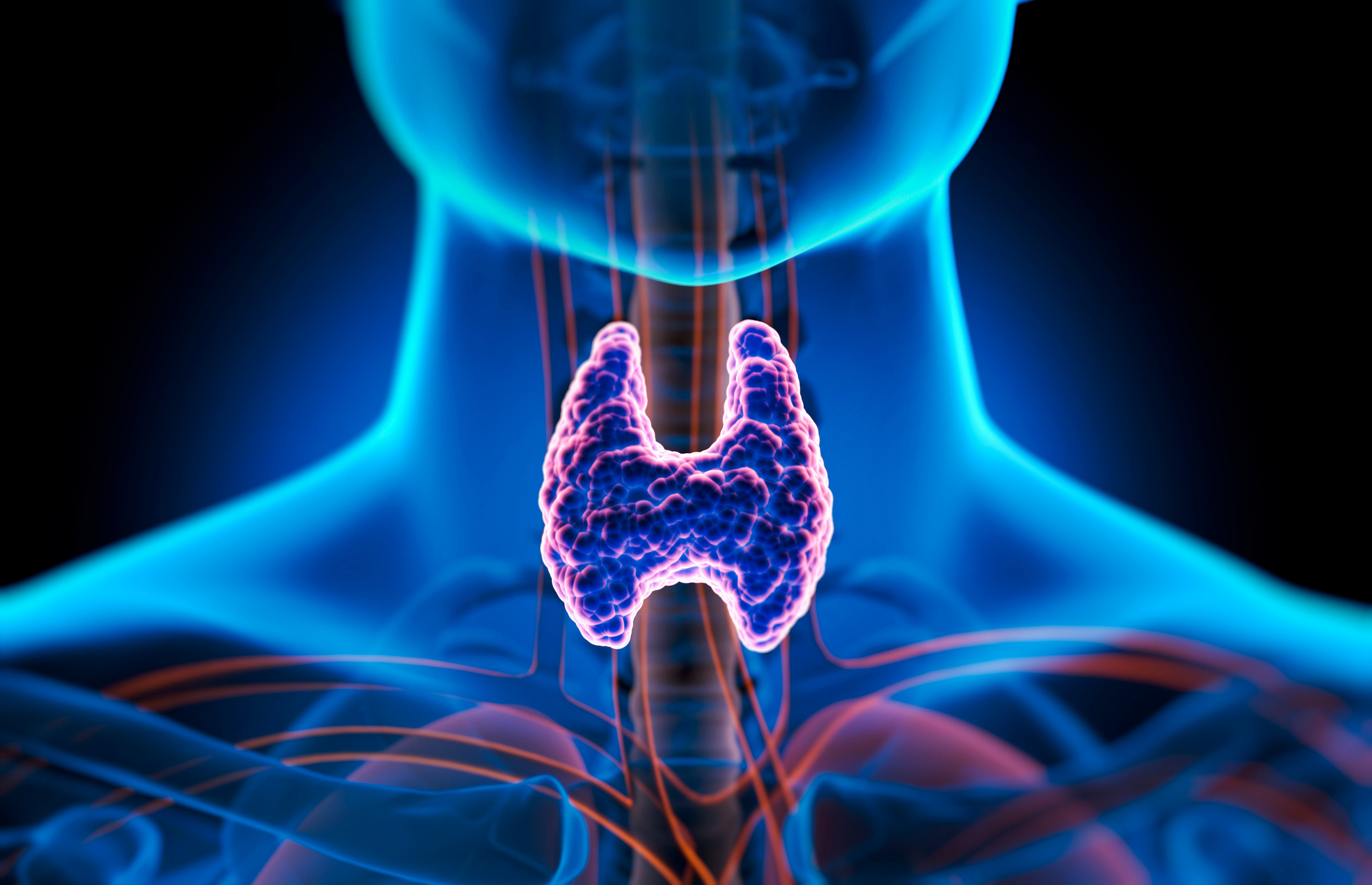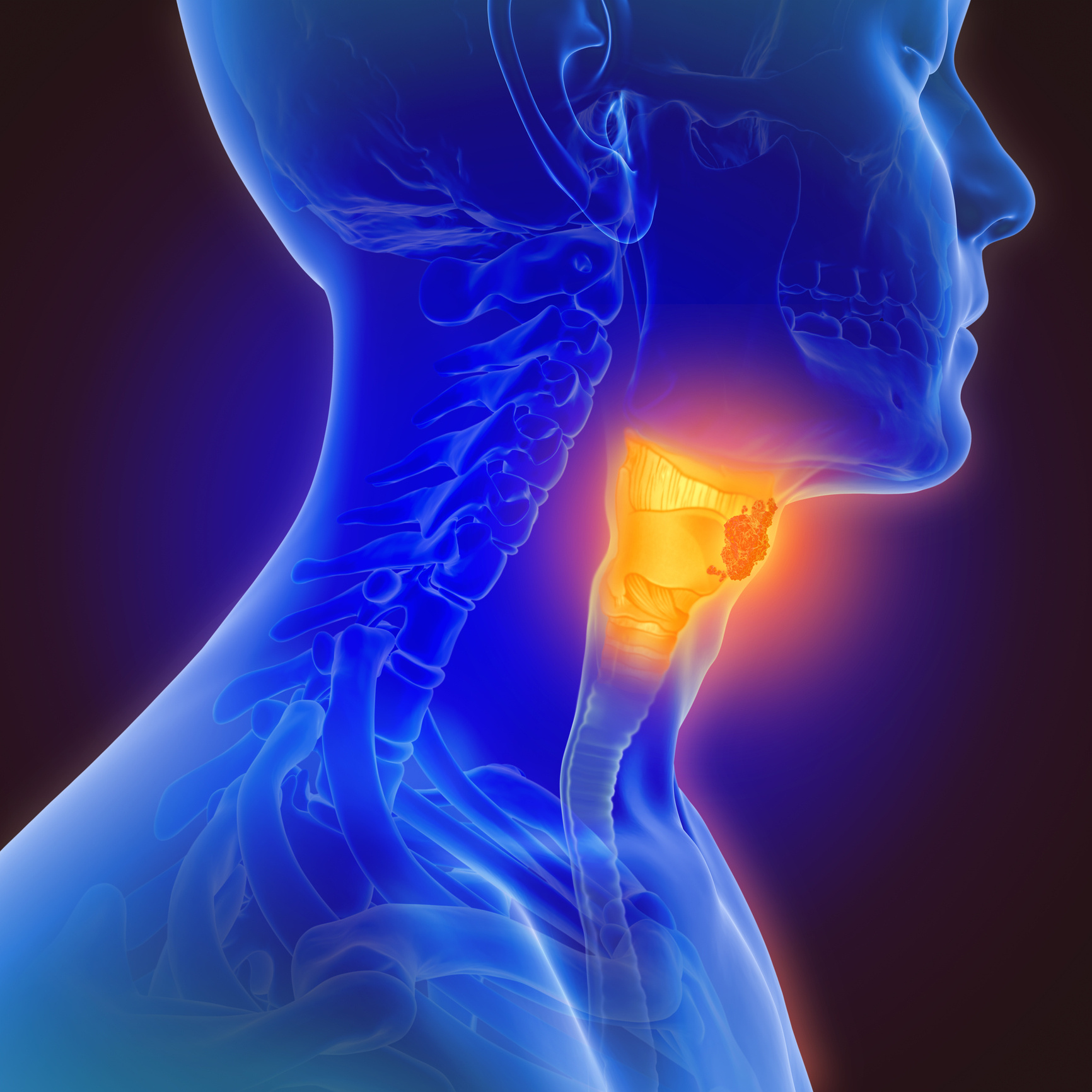Ear, Nose, Throat Oncology Department
Ear, Nose, Throat Oncology Department
Ear, Nose, Throat (ENT) Oncology
At our Ear Nose Throat (ENT) department, we surgically treat benign and malignant tumors of the head and neck region.
Surgical treatment of larynx carcinoma is a procedure frequently performed at our ENT department. These procedures include microlaryngeal – endoscopic organ-protective surgical and other techniques in early stage glottic carcinoma of the larynx.
Our ENT department works in close cooperation with other departments in the treatment of several types of skull base tumors. Thanks to our navigation systems, we can even operate tumors presumed to be difficult-to-treat. Salivary gland tumors, especially parotid tumors can be removed under neural monitoring.
Paranasal sinus tumors are treated with minimum loss in functionality by our experienced surgical team and state-of-the-art endoscopic equipments. Our surgical oncology team has also broad surgical experience not only in removal of tumors but also in complex reconstructive interventions (reformation of tissue).
Ear, Nose, Throat Diseases Department
Prof. Bülent Evren Erkul

We listen to your opinions and suggestions to further enhance our service quality.

You can fill out the form to get a second doctor's opinion on the results of your tests, the diagnosis of your illness, and the treatment options we offer you.

You can receive the healthcare services you need at your home. Please fill out the form for home healthcare services.
Featured Articles
- 6 Nutrition Tips for Those Who Fast
- What is Disease X (Virus X)?
- How Does Cancer Form?
- What is an Ovarian Cyst?
- What is Cervical Cancer?
- What Are the Symptoms and Treatment Methods of Testicular Cancer?
- Symptoms, Diagnosis, and Treatment Process of Bladder Cancer
- Liver Cancer
- What is Stomach Cancer? What are Its Symptoms and Treatment?
- Thyroid: What is it, Symptoms, Diagnosis, and Treatment













